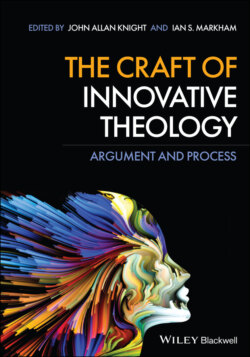Читать книгу The Craft of Innovative Theology - Группа авторов - Страница 14
B Middle: The Argument
ОглавлениеThe middle section is where you make your argument. In general, we find it helpful if each step in your argument has its own section. The sections may or may not have a title (i.e. the sections may just be numbered); the journal you pick may have guidelines for this.
Not all arguments rely on textual evidence (a purely logical or a priori argument won’t), but even those that don’t will likely involve some text that you are disputing. If your argument involves textual evidence, you’ll need to do more than simply quote the texts. You will need to interpret them. This will require several steps. First, either simply quote the text or re‐state in a summary fashion what the author is saying. Next, if there are ambiguities, state the various meanings that the text might have, then specify which meaning is most supportive of your argument. Then show how, in the context of the entire text, this meaning is the best one. You can do this by noting a contradiction or an adverse logical ramification to the alternate meanings. Finally, explain exactly how the text in question supports your argument.
On the other hand, if you are criticizing a text, state the various meanings that the text might have, then specify which meaning is most resistant to your critique. Then you have two alternatives. First, you can show that this is the only meaning that can withstand your critique. Second, you can show that even this most resistant meaning cannot withstand your critique.
You will also need to consider and refute counterarguments. If there are counterarguments in the literature, you need to find them and argue against them. And if there are other possible counterarguments that have not yet been raised, you’ll need to articulate them and refute them as well.
